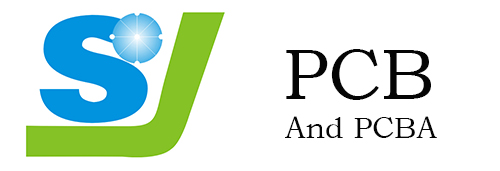The imitation of any electronic product and the cloning of electronic products can be completed through PCB duplication technology.
Copy board, also known as board replacement, is a research on the revers technology of PCB board design. Referring to a large number of materials, the copying process of the board is summarized as follows:
Step 1: Get a PCB, first record the models, parameters, and positions of all components on paper, especially the direction of diodes, triodes, and IC notches. It is best to take two photos of the ski position with a digital camera. Today's PCB circuit boards are becoming more and more advanced, and some of the diodes and triodes on it are invisible if you don't pay attention.
Step 2: Take all parts out and remove the tin from the PAD hole. Clean the PCB with alcohol, and put it in the scanner, which scans with slightly higher pixels for a clearer image. Then, lightly sand the top and bottom with water paper until the copper is shiny. Put them into the scanner, open PHOTOSHOP, and use two layers of color brushes respectively. Note that the PCB must be placed horizontally and vertically in the scanner, otherwise the scanned image cannot be used.
Step 3: Adjust the contrast and chroma of the canvas so that the part with copper film and the part without copper film have a strong contrast, then convert the sub-image to black and white, check whether the lines are clear, if not, repeat this step. If it is not displayed, please save the picture as black and white files top.bmp and bot.bmp in BMP format. If there is a problem with the picture, it can be repaired and corrected with PHOTOSHOP.
Step 4: convert the two BMP files into PROTEL files respectively, and convert the two layers into PROTEL. For example, the positions of PAD and VIA basically overlap through the two layers, indicating that the previous steps are done well. If there is a deviation, repeat the third step. Therefore, PCB board duplication is a very patient job, because a little problem will affect the quality and matching degree of the board after duplication.
Step 5: Convert top level BMP to page level. The PCB must be converted to the SILK layer, which is the yellow layer, and then trace the line on the TOP layer, and place the device according to the drawing in step 2. After the painting is finished, remove the silk layer. Repeat this step until all layers are drawn.
Step 6: In PROTEL, call top. PCBs and robots. PCB, and combine them into one figure.
Step 7: Print the top layer and bottom layer as a transparent film (1:1 ratio) with a laser printer, put the film on that PCB, compare whether it is correct, if it is correct, it is done.
A copy of the original board was made, but only half finished. It is also tested that the electronic technical performance of the test copy board is the same as that of the original board. If it's the same, it's really a success.
The above is the whole process of imitating the PCB board, I hope it can help you!



